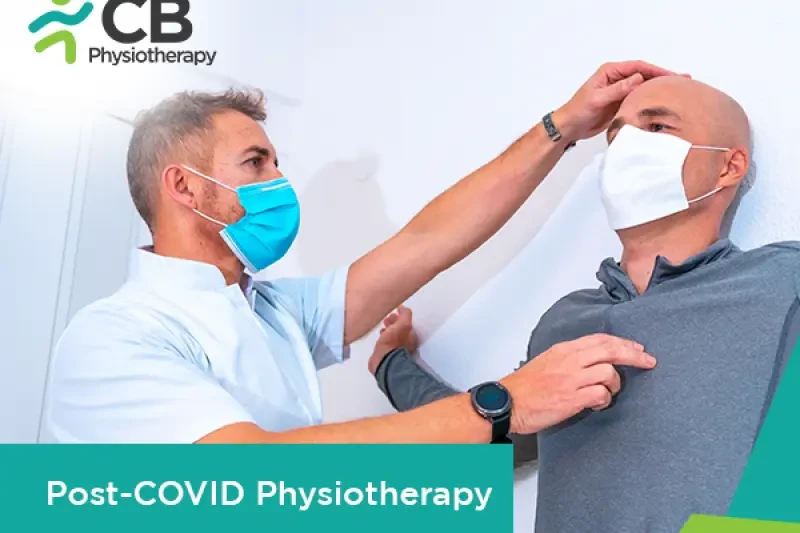
Post-COVID physiotherapy is therapy given to patients who have recovered from COVID -19 but are suffering from the long-term side- effects of COVID-19. Post-COVID physiotherapy helps to improve the functionality of the musculoskeletal, cardiovascular, and respiratory systems. It also improves cognition and decreases depression and anxiety.
Select your City to find & connect with our experts regarding Physiotherapy for Post-covid Physiotherapy